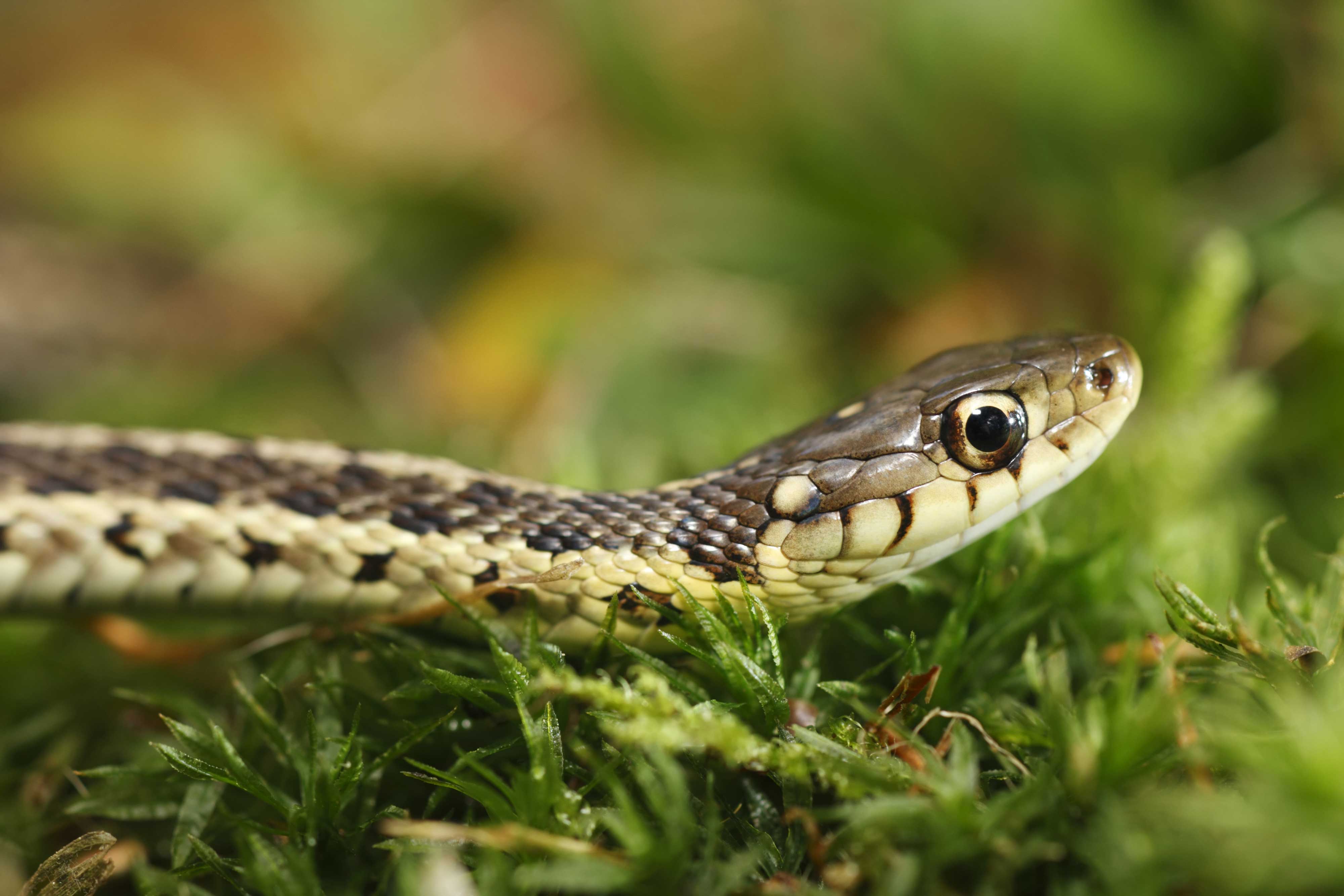Snakes are one of the most polarizing creatures in the animal kingdom, both loved and loathed. The world is home to more than 3,000 snake species, and they live in every part of the world except Antarctica, Iceland, Ireland, Greenland and New Zealand, National Geographic reports.
Illinois is home to 40 species of snakes, and they live in many different types of habitat, including grasslands, forests, swamps, marshes, lakes and rivers, according to the Illinois Department of Natural Resources.
Snakes are present in Illinois all year, but in the winter they enter a state called brumation, which is similar to hibernation. They emerge from brumation in the spring, and, because they are cold blooded, they will sun themselves on rocks and logs to warm up. Snakes are mostly active during the day, although some may become nocturnal in the summer when daytime temperatures are high.
Many snake species, such as garter snakes, are common, but of the 40 snakes in Illinois, 11 are listed as either state endangered or state threatened. Factors contributing to population declines among snakes include habitat loss, habitat alteration, the illegal reptile trade and misinformation about snakes that causes people to kill them, according to IDNR.

)
)
)
)